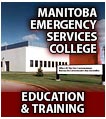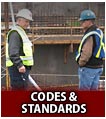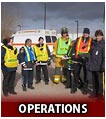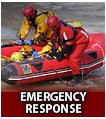





Home > Fire & Life Safety Education >Page Title


Download NFPA's Fire Safety during Winter Storms Tips
Download NFPA's Get Ahead of the Winter Freeze Tips
Continuing cold weather prompts heating safety warnings
Heating fires are a leading cause of home fire deaths - a message from the NFPA (read more...)
Winter Home Heating Safety Tips
Winter Heating Safety - Radio Advertisement (mp3)
Get Ahead of the Winter Freeze
NFPA encourages testing smoke alarms as Daylight Saving Time begins
Daylight Saving Time is when we spring forward one hour for the purpose of making better use of daylight. As we set our clocks ahead, the National Fire Protection Association (NFPA) recommends testing your smoke alarms.
Roughly two-thirds of home fire deaths occur in homes with no smoke alarms or working smoke alarms. When smoke alarms should have worked but failed to operate, it is usually because batteries were missing, disconnected, or dead. NFPA provides the following guidelines around smoke alarms:
· Test smoke alarms at least once a month using the test button.
· Make sure everyone in the home understands the sound of the smoke alarm and knows how to respond.
· Replace all smoke alarms when they are 10 years old.
· Replace the smoke alarm immediately if it doesn’t respond properly when tested.
· Smoke alarms with nonreplaceable (long-life) batteries are designed to remain effective for up to 10 years. If the alarm chirps, a warning that the battery is low, replace the entire smoke alarm right away.
· For smoke alarms with any other type of battery, replace batteries at least once a year. If the alarm chirps, replace only the battery.
For more on smoke alarm safety, check out NFPA’s smoke alarm safety tip sheet, and new 9-volt battery tip sheet which explains the importance of storing and disposing of batteries with care to avoid a fire hazard.
About the National Fire Protection Association (NFPA)
NFPA is a worldwide leader in fire, electrical, building, and life safety. The mission of the international nonprofit organization founded in 1896 is to reduce the worldwide burden of fire and other hazards on the quality of life by providing and advocating consensus codes and standards, research, training, and education. NFPA develops more than 300 codes and standards to minimize the possibility and effects of fire and other hazards. All NFPA codes and standards can be viewed at no cost at www.nfpa.org/freeaccess.
Subscribe to NFPA RSS News feeds